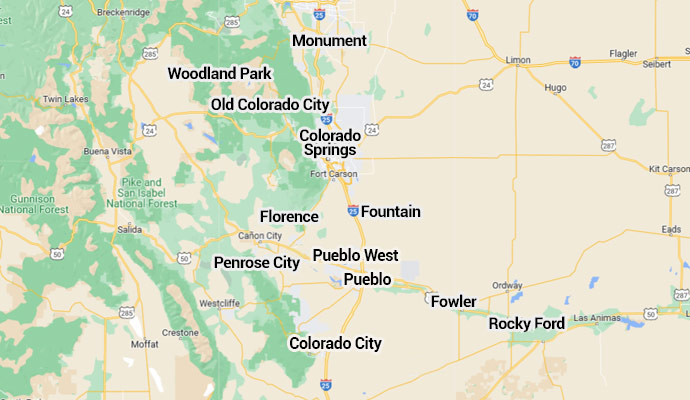Vintage Flooring is Beautiful but Dangerous
Beautiful vintage homes in Colorado, with their attention to detail and old-world charm, are becoming more attractive to home buyers today. Attractive features in many of these homes are the original construction materials that are still intact. As the saying goes, they don’t make them like that anymore.
Although many prefer to preserve as many original materials as possible, this may not be possible if they contain asbestos or lead. Unfortunately, older homes usually contain a plethora of asbestos-containing construction materials. So to preserve and remodel your property in the safest way possible, it’s imperative that the certified asbestos professionals at Cyclone Kleen Up first complete an asbestos test and inspection of the home. This would entail collecting samples of possible asbestos-containing materials and having them tested. If asbestos is found, it’ll need to be removed promptly.

How to Handle Original Flooring
Many like the way vintage floor tiles look, some of which have intricate patterns not available today. But older tiles that were installed between 1920 and 1960 almost always included asbestos in the manufacturing process. But the good news is that if your tile flooring is old but it’s still in good condition and not falling apart, it’s not considered hazardous.
But age, heat, and water damage can make an old tile floor friable; in other words, it can be crumbled by hand. Trying to remove it can also make it fall apart. In both cases, asbestos fibers are released into the air, making it a health hazard for anyone inhaling those fibers. So before you move into an older Colorado home, have it inspected for asbestos first. These inspections are very accurate and can help take the worries out of buying a house, knowing your family will be safe.
If your floor does contain asbestos, the best thing to do is to leave it where it is and cover it over with new flooring. Older tiles are very thin, only about 1/8” thick. So if you install a new floor over it, you won’t risk raising the height of the floor very much.
You can lay many types of flooring over it – hardwood, vinyl, or carpeting. You can even install new tiles over it. Many tiles manufactured now have that retro look that fits in well with a vintage home. But if you do cover up an asbestos-containing tile floor and then decide to sell your home, let the real estate agent know what you’ve done so they can warn any potential new owners about it in case they decide to rip up that floor.
Should You Replace Old Flooring Yourself?
Some states and communities don’t allow homeowners to remove asbestos flooring and some do. Many existing laws regulate the removal of asbestos due to the dangers involved to yourself, your family, and those living nearby. And besides safety dangers, it’s unlikely that you’re aware of the multitude of regulations, restrictions, and requirements involved with asbestos removal or have the proper equipment needed to remove it. So your best option is to hire a professional asbestos removal contractor like Colorado’s Cyclone Kleen Up to do the job safely and correctly. If you live in Pueblo, Colorado Springs, or surrounding cities and need an asbestos inspection for your commercial or residential property, contact Cyclone Kleen Up today. They’ll determine the right test for you and your needs!






